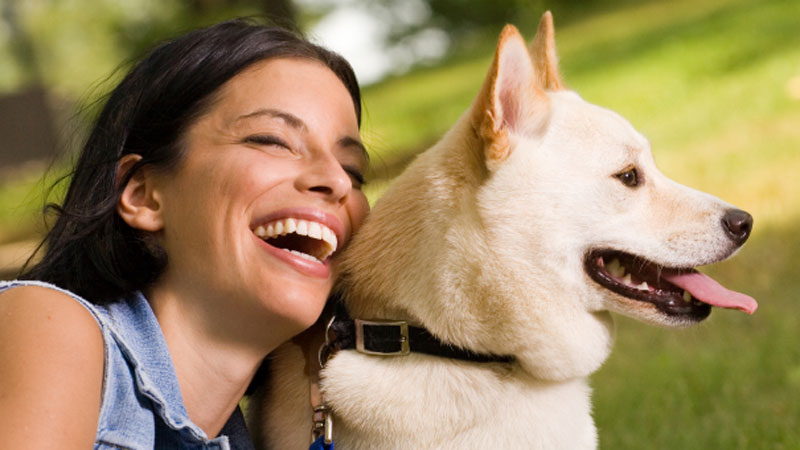Wobblers Syndrome
Wobbler’s syndrome or Cervical Spondylomyelopathy (CSM) is a disease affecting the spinal column of large and giant breeds.
Clinical indicators result from a narrowing of the spinal canal causing compression of the spinal cord. Affected dogs have a characteristic ‘wobbly’ gait. Any large breed dog can be affected but the condition is especially seen in Dobermans. There is a genetic predisposition to developing the disease, but it is thought a high protein diet may also be a contributing factor.
Immature dogs acquire wobblers due to a developmental narrowing of the spinal canal causing compression of the cord. Older dogs develop the condition due to degenerative changes of the vertebral column. Both scenarios result in spinal cord compression causing neurological deficits and pain.
The uncoordinated gait (ataxia) is usually seen in the hindlimbs first. Initially this is an occasional hindlimb weakness, difficulty getting up and scuffing of the toenails. This can progress to forelimb stiffness and lameness, then neck pain and finally hindlimb paralysis.
If your vet suspects wobblers they may initially take an X-ray of the neck or may refer the patient for an MRI scan which is the best way to diagnose the condition. This can identify the exact location in the neck of the spinal cord compression.
The treatment of choice is surgery to decompress the spine. Some mild cases may be managed medically but long-term prognosis is much better with surgery. The success of surgery depends on the severity of the clinical signs and the number of spinal cord compressions that need to be relieved. Surgery would be undertaken at a specialist referral centre.


